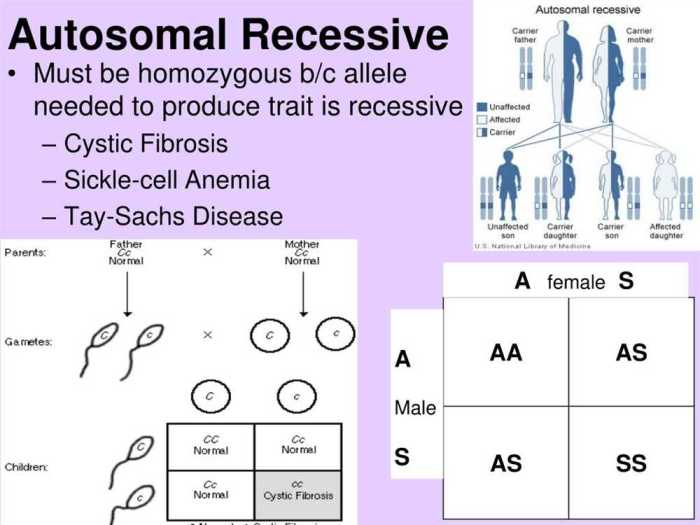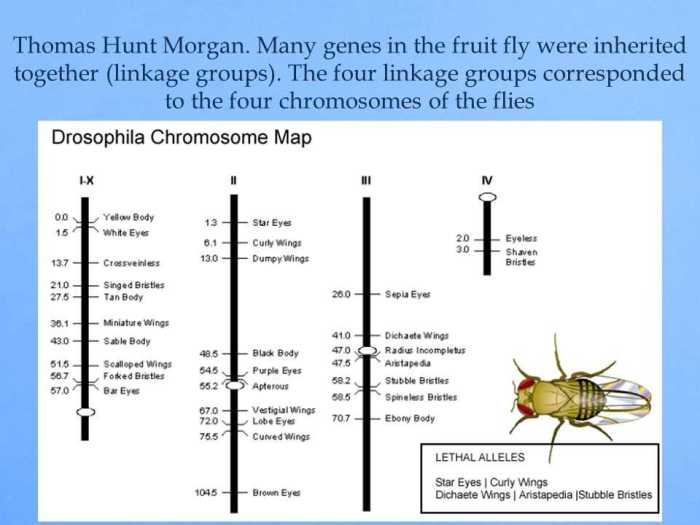Embark on a captivating journey with drosophila simulation – patterns of heredity answers pdf, a comprehensive guide that unlocks the secrets of genetic inheritance. Dive into the fascinating world of Drosophila, the fruit fly that has revolutionized our understanding of heredity, as we explore the principles and patterns that govern the transmission of traits from one generation to the next.
Through engaging narratives and meticulously crafted simulations, this resource empowers you to witness the principles of Mendelian inheritance in action. Uncover the concepts of dominant and recessive alleles, homozygous and heterozygous genotypes, and unravel the complexities of incomplete dominance and codominance.
Delve into the realm of sex-linked inheritance, deciphering the intricacies of X-linked and Y-linked traits.
Introduction: Drosophila Simulation – Patterns Of Heredity Answers Pdf

Drosophila melanogaster, commonly known as the fruit fly, has been an indispensable model organism in the field of genetics for over a century. Its short life cycle, high fecundity, and well-defined genetic characteristics make it an ideal subject for studying the fundamental principles of heredity and inheritance.
The study of Drosophila has significantly advanced our understanding of Mendelian genetics, sex-linked inheritance, and the complex interactions between genes and the environment. The insights gained from Drosophila research have laid the foundation for breakthroughs in human genetics and have had far-reaching implications for medicine, agriculture, and evolutionary biology.
Mendelian Inheritance in Drosophila
Thomas Hunt Morgan and his team of researchers at Columbia University played a pivotal role in establishing the principles of Mendelian inheritance through their groundbreaking experiments using Drosophila.
Morgan and his team observed that certain traits, such as eye color and wing shape, were inherited in a predictable manner across generations. They proposed that these traits were determined by discrete units of inheritance, which they termed genes. Genes exist in different forms, called alleles, and each individual inherits two alleles for each gene, one from each parent.
Patterns of Heredity in Drosophila
Drosophila studies have revealed various patterns of inheritance for single-gene traits. These patterns are often represented using Mendelian ratios and Punnett squares, which predict the probability of inheriting specific combinations of alleles.
In addition to complete dominance, where one allele masks the expression of the other, Drosophila studies have also demonstrated incomplete dominance and codominance. Incomplete dominance occurs when neither allele is fully dominant, resulting in an intermediate phenotype. Codominance occurs when both alleles are expressed simultaneously, leading to a distinct phenotype.
Sex-Linked Inheritance in Drosophila
Drosophila has also been instrumental in understanding sex-linked inheritance, where genes are located on the X or Y chromosomes. Unlike autosomal genes, which are present on non-sex chromosomes, sex-linked genes exhibit unique inheritance patterns.
X-linked genes are located on the X chromosome, and males (XY) have only one copy of these genes. Females (XX) have two copies of X-linked genes, and they can be homozygous or heterozygous for these genes. Y-linked genes are located on the Y chromosome, and they are only present in males.
Extensions of Mendelian Genetics
While Mendelian inheritance provides a basic framework for understanding heredity, exceptions to these principles have also been observed in Drosophila.
Gene linkage occurs when genes are located close together on the same chromosome and are inherited together more often than expected by chance. Epistasis occurs when the expression of one gene is influenced by the expression of another gene, leading to more complex inheritance patterns.
Practical Applications of Drosophila Genetics, Drosophila simulation – patterns of heredity answers pdf
Drosophila genetics has had numerous practical applications in various fields.
- Understanding human genetic disorders: Drosophila models have been used to study human genetic disorders, such as cystic fibrosis and Huntington’s disease, providing insights into their causes and potential treatments.
- Drug discovery and toxicology studies: Drosophila has been used to screen for potential drug candidates and assess the toxicity of environmental chemicals, contributing to the development of safer and more effective therapies.
Resources for Further Study
- The FlyBase database: https://flybase.org/
- Drosophila Genetics: An Introduction by Michael Ashburner: https://www.ncbi.nlm.nih.gov/books/NBK224522/
- Drosophila: A Laboratory Handbook by Michael Ashburner: https://www.ncbi.nlm.nih.gov/books/NBK224523/
- Interactive Drosophila genetics simulations: https://www.pbslearningmedia.org/resource/tdc02.sci.life.gen.fruitflygenetics/
Popular Questions
What is the significance of studying Drosophila in genetics research?
Drosophila has been instrumental in genetics research due to its short generation time, large population size, and well-defined genetic markers, making it an ideal model organism for studying the principles of heredity.
Explain the concept of incomplete dominance and provide an example from Drosophila studies.
Incomplete dominance occurs when neither allele is dominant, resulting in an intermediate phenotype. In Drosophila, the eye color gene exhibits incomplete dominance, where heterozygous individuals have eyes that are a blend of red and white.
How has Drosophila genetics contributed to our understanding of human genetic disorders?
Drosophila models have been invaluable in identifying genes responsible for human genetic disorders, such as cystic fibrosis and Huntington’s disease. By studying the genetic basis of these disorders in Drosophila, researchers have gained insights into their mechanisms and potential treatments.

